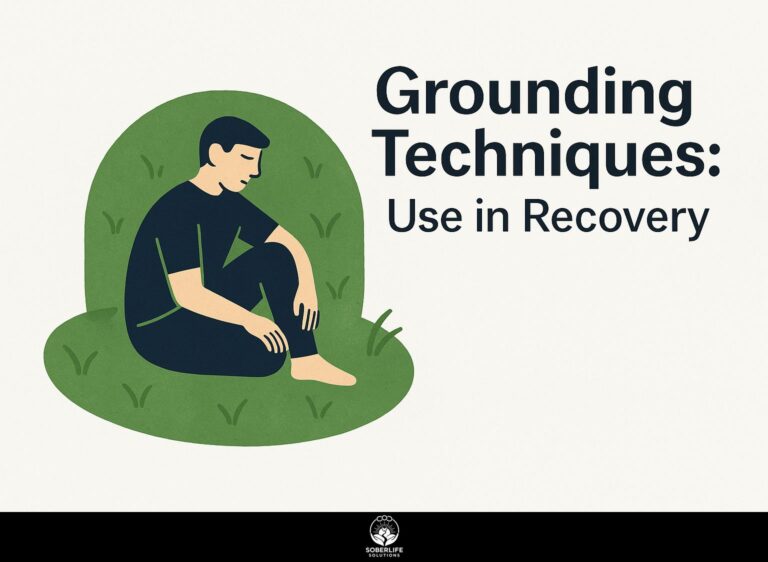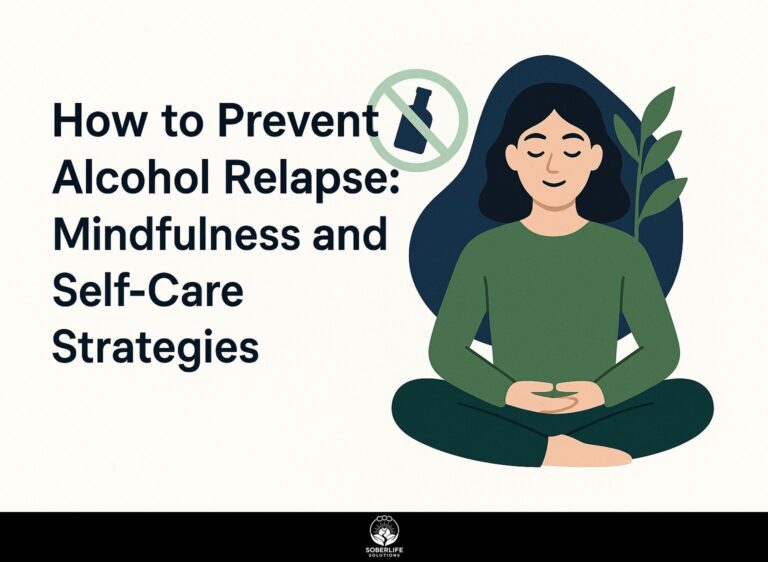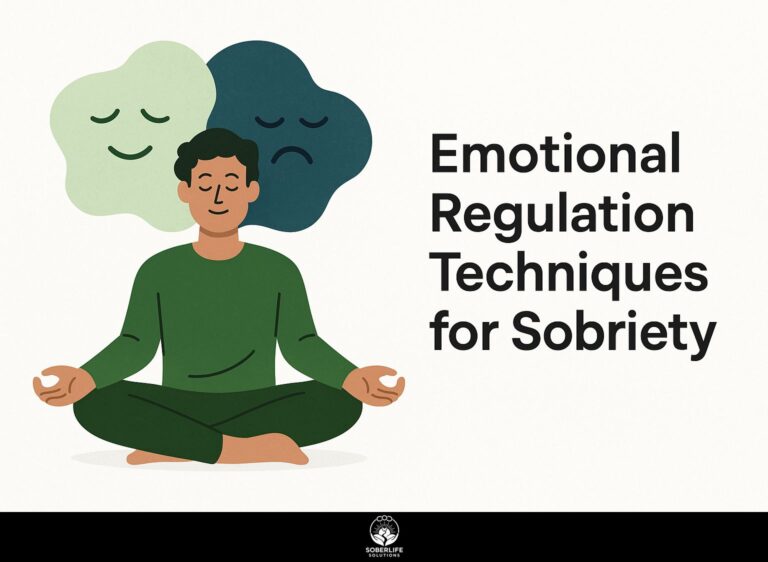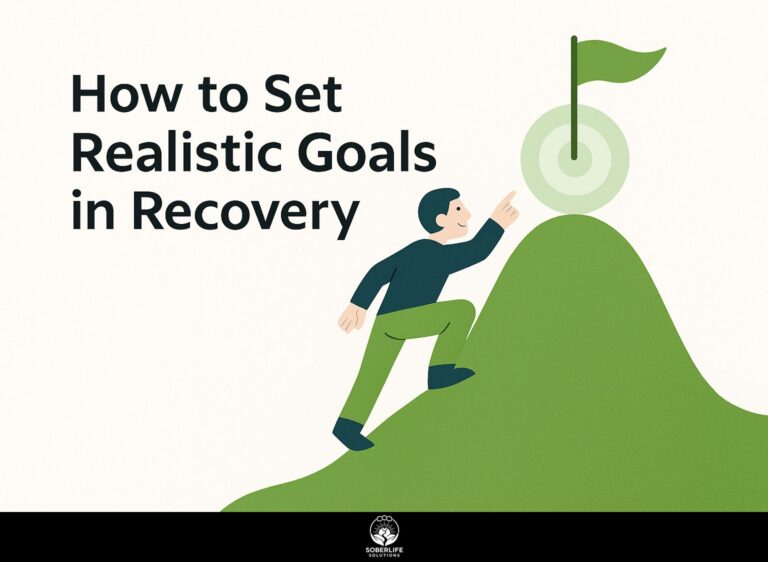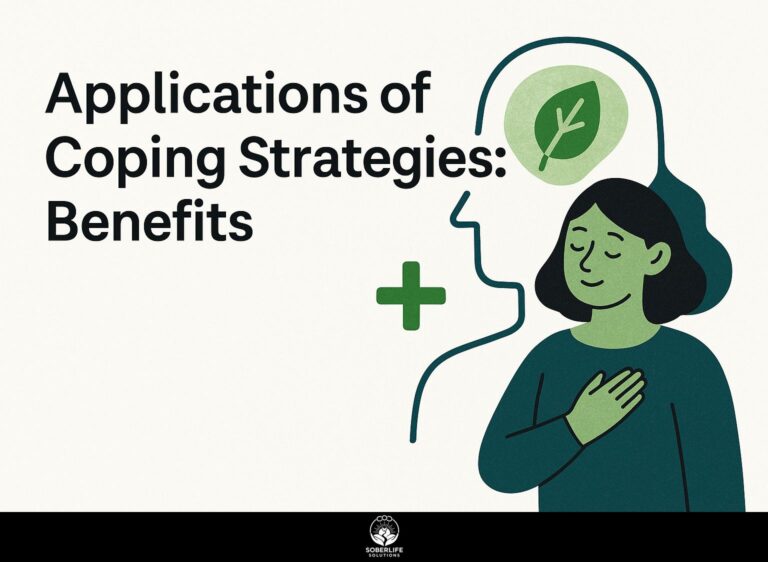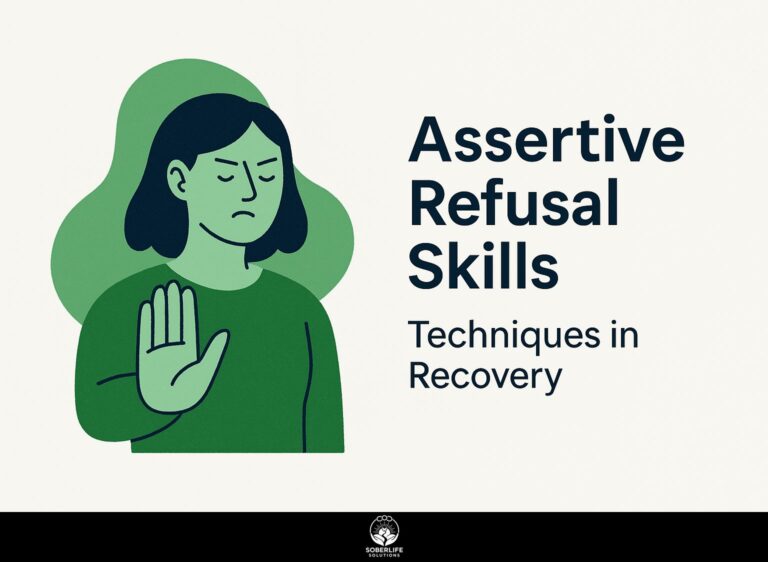Playing the Tape Through: Strategy in Relapse Prevention
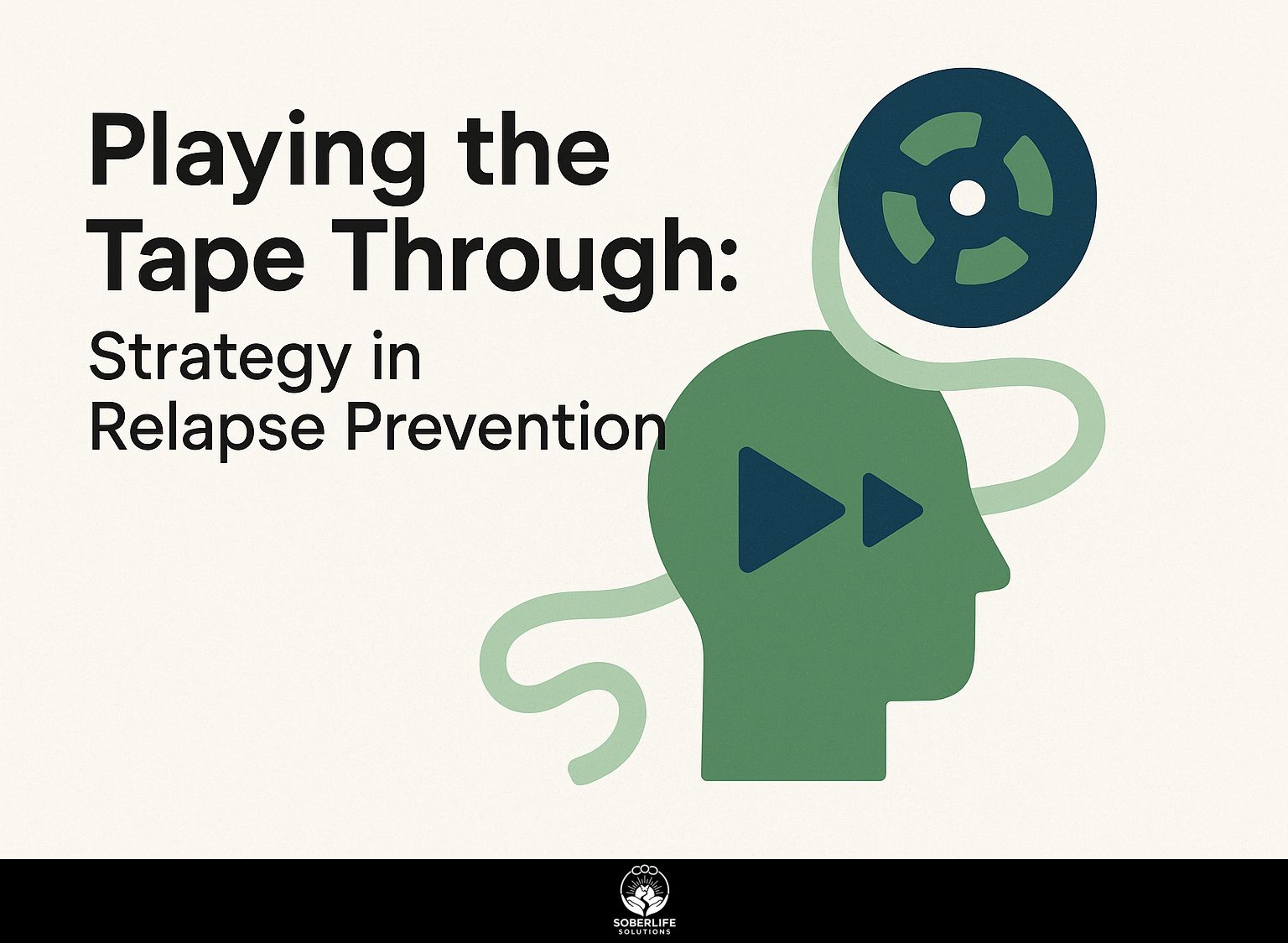
During recovery, knowing how to “play the tape” is important for avoiding relapse. By visualizing potential scenarios, individuals facing addiction can develop coping strategies that support long-term recovery. This article covers practical methods for identifying triggers and creating a strong support network, helping you or your loved ones handle the difficulties of relapse. Learn how to change awareness into practical steps and create lasting improvement in your recovery process.
Key Takeaways:
Understanding Relapse
Recognizing relapse is important for people in recovery because it shows the mental and emotional triggers that can cause a setback.
Recognizing early warning signs of relapse can be a lifesaver. Common triggers include stress, social pressures, and emotional upheaval.
For example, if you find yourself feeling isolated or encountering significant stress at work, these could be signals to revisit your coping strategies. Employing tools like daily journaling can help monitor mood shifts, while support groups offer a network for accountability.
Statistics reveal that 40-60% of individuals in recovery may experience a relapse, highlighting the critical need for proactive measures to strengthen resilience and maintain progress. Research published in ScienceDirect indicates that understanding the determinants and prevalence of relapse plays a vital role in developing effective strategies.
For an extensive analysis of this trend, our comprehensive study on relapse triggers and prevention strategies examines key factors and solutions.
The Importance of Strategy
Using planned methods for relapse prevention can greatly improve a person’s skill in dealing with urges and emotional upset.
A key component is planning for high-risk situations, such as social gatherings or stress-inducing environments. For example, developing an exit strategy allows individuals to leave if they start feeling triggered.
Programs like SMART Recovery offer practical ways to create these plans, emphasizing self-control and dealing with problems. Engaging in regular group meetings can also provide support and accountability, reinforcing commitment to recovery.
By customizing these methods to individual triggers, one can build a strong protection against possible relapse.
Playing the Tape Through: Concept Overview
The ‘playing the tape through’ method is a strong mental approach that helps people remember the bad outcomes of addiction and not just the good memories. This technique is part of broader strategies to prevent relapse by helping individuals visualize not just the immediate consequences but also the long-term impact of their choices.
Definition and Relevance
Playing the tape through involves mentally replaying past experiences with substances to highlight negative outcomes, aiding in maintaining sobriety.
This technique encourages individuals to vividly recall the last time they used a substance, focusing on the adverse consequences such as health issues, damaged relationships, and feelings of regret.
Practicing this method once a week can greatly improve coping skills. Studies show a 30% increase in maintaining sobriety over six months, a conclusion supported by extensive research found in ScienceDirect.
To implement this technique, find a quiet space to reflect and perhaps journal your thoughts to strengthen your commitment to sobriety.
How It Works in Practice
Practicing ‘playing the tape through’ requires mindful reflection, where individuals visualize not just the high but the subsequent consequences of their substance use.
To effectively implement this technique, follow these steps:
- First, identify triggers such as specific social situations, stressors, or emotional states that lead to substance use.
- Next, vividly imagine the euphoric moment, noting how it feels and the brief satisfaction it provides.
- Then, critically reflect on the fallout, considering impacts on health, relationships, and life goals.
Professionals like therapists and addiction counselors often suggest this approach in treatment programs to increase awareness and help people make better decisions, leading to healthier choices.
Identifying Triggers
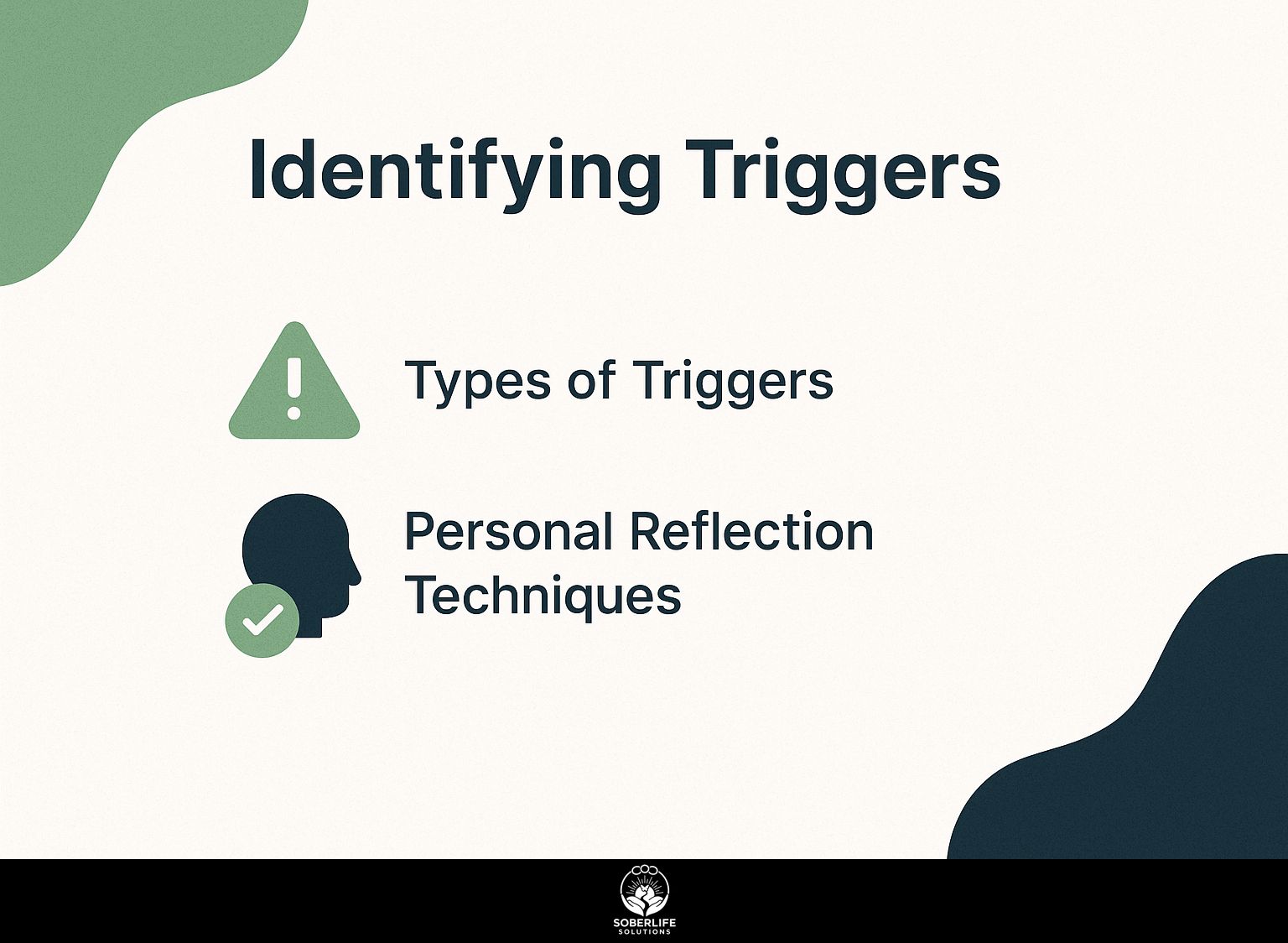
Knowing what might cause a relapse helps in stopping it. These triggers might be feelings, places, or actions that make you want to use again. To effectively recognize and manage these triggers, explore our hidden gem on Relapse Triggers: Identification, Risks, and Prevention Strategies for practical insights.
Types of Triggers
Triggers can be classified into three main categories: emotional, environmental, and behavioral, each requiring specific coping strategies.
Emotional triggers often stem from stress, leading to cravings for comfort food. To manage this, consider using a journaling app like Day One to identify patterns.
Environmental cues might involve places like a bar or coffee shop where you used to eat poorly; being aware can help you handle these situations.
Behavioral triggers often arise in social settings; developing a plan-like choosing healthier options before attending gatherings-can mitigate impulsive choices.
By recognizing these triggers and employing practical tools, you can better manage your responses.
Personal Reflection Techniques
Thinking about your own experiences helps you recognize what sets off certain emotions, which helps you know yourself better and handle emotions more effectively.
To improve this practice, try daily journaling with apps like Daylio, which allows you to record your moods and recognize trends related to your triggers.
Pair this with mindfulness meditation techniques available on Headspace or Calm to ground your thoughts and reduce stress.
Joining support groups, either face-to-face or through sites like Meetup, encourages sharing and talking about emotions, providing fresh views and ways to handle them.
Engage in these practices consistently for optimal results in emotional growth.
Developing Coping Strategies
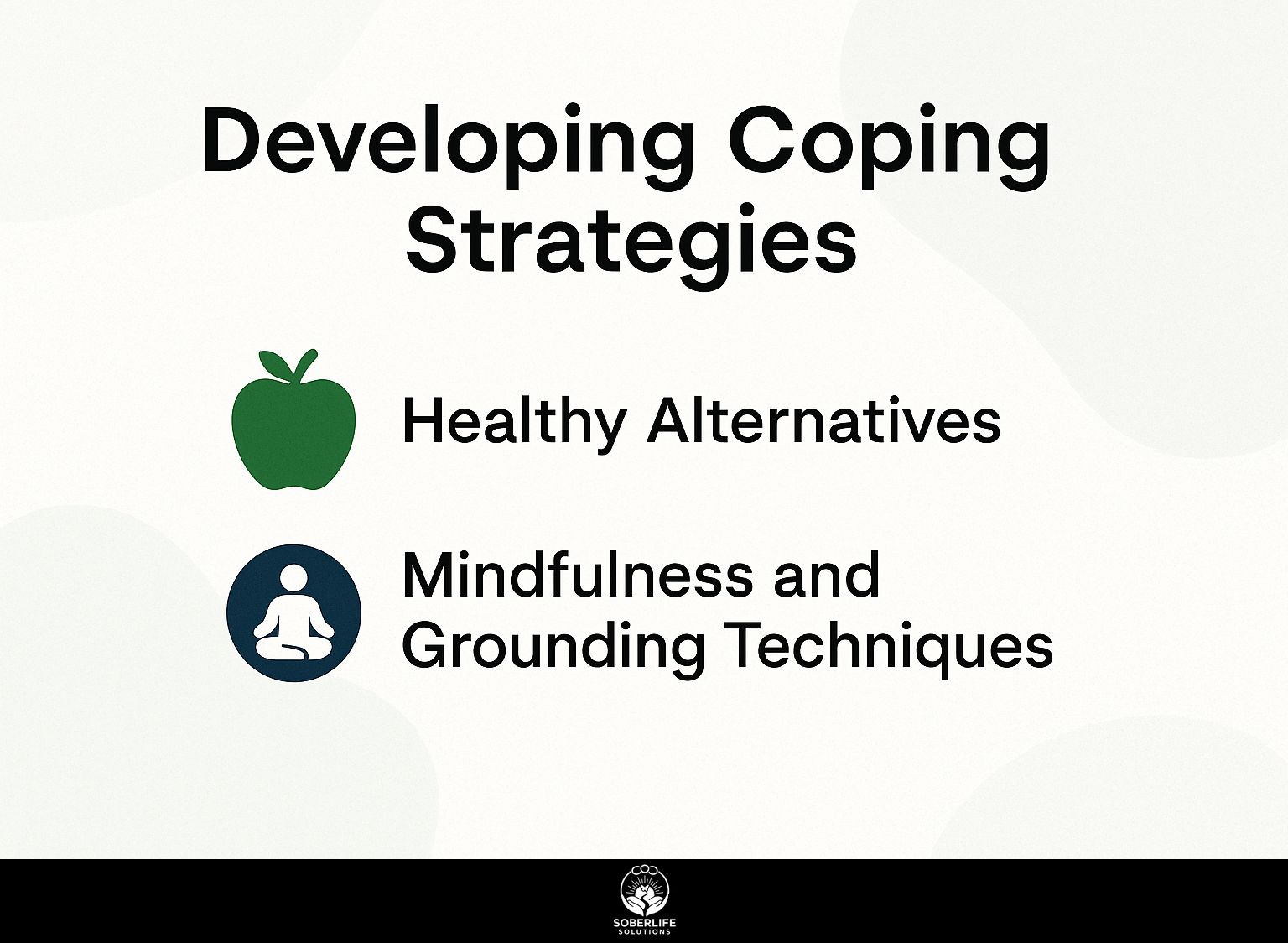
Creating useful ways to handle urges and emotional triggers can reduce their effect on recovery work. An understanding of effective strategies is essential; our framework for building coping skills elaborates on practical methods that can be implemented in everyday situations.
Healthy Alternatives
Healthy alternatives to substance use include engaging in physical activity, creative expression, and building a supportive routine.
Incorporating exercise into your daily routine can significantly help manage cravings; aiming for just 30 minutes of activity-like brisk walking or cycling-can reduce cravings by up to 25%.
Diving into hobbies such as painting or playing an instrument can serve as a positive distraction, helping you channel energy into creativity. Helping out at local groups builds relationships and improves mental health by giving people a reason to feel fulfilled.
Many find that engaging in community activities creates strong support networks, promoting resilience against substance use.
Mindfulness and Grounding Techniques
Incorporating mindfulness and grounding techniques into daily routines can significantly improve emotional regulation and decrease relapse risk.
Start with mindful breathing for just two minutes to help reduce anxiety. Simply inhale deeply through your nose, hold for a moment, and exhale slowly through your mouth.
Follow this with grounding exercises like the 5-4-3-2-1 technique:
- Identify five things you can see,
- four you can touch,
- three you can hear,
- two you can smell, and
- one you can taste.
Consider using meditation apps such as Headspace or Calm, both offering guided practices that are effective for managing cravings and enhancing mental clarity. Additionally, a recent publication by Frontiers in Psychology highlights how the mindful resiliency in recovery model can be instrumental in supporting mental health and combating addiction.
Creating a Support System
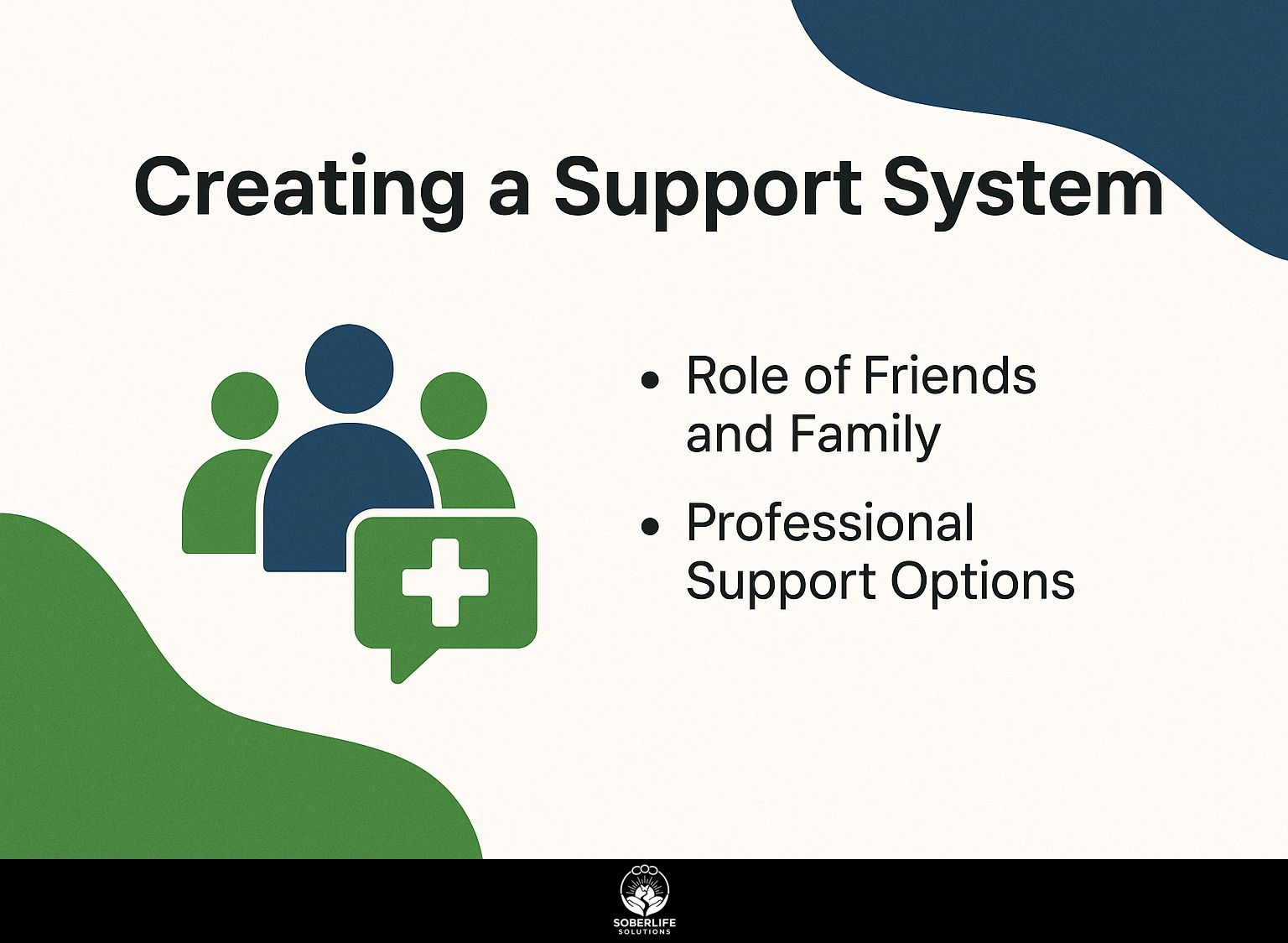
A strong support network is essential for lasting recovery, including both personal connections and professional advice. Explore how peer support networks play a crucial role in building this foundation.
Role of Friends and Family
Friends and family can be very important in recovery by offering emotional support, encouragement, and helping you stay on track.
To assist a loved one in recovery, consider joining a support group such as SMART Recovery or Al-Anon. These groups support families with members facing addiction.
Maintain open communication by scheduling regular check-ins to offer encouragement and listen to their concerns. Establish clear boundaries regarding behaviors that can undermine progress, such as enabling substance use.
Simple gestures, like eating together or spending time on activities, help build relationships and show support for their path. These consistent efforts create a positive environment that significantly aids recovery.
Professional Support Options
Professional support options include therapy, counseling, and treatment programs that suit each person’s recovery needs.
For people looking to improve their recovery, using both expert help and personal methods can lead to better results.
Individual therapy, like Cognitive Behavioral Therapy (CBT), focuses on identifying harmful thought patterns, while group therapy, such as Narcotics Anonymous, offers community and shared experiences.
Outpatient programs provide structured support, allowing participants to engage in daily life while receiving treatment.
To get the most benefit, combine personal methods like mindfulness exercises or journaling with these professional choices. This approach covers mental health and recovery skills together.
Monitoring Progress
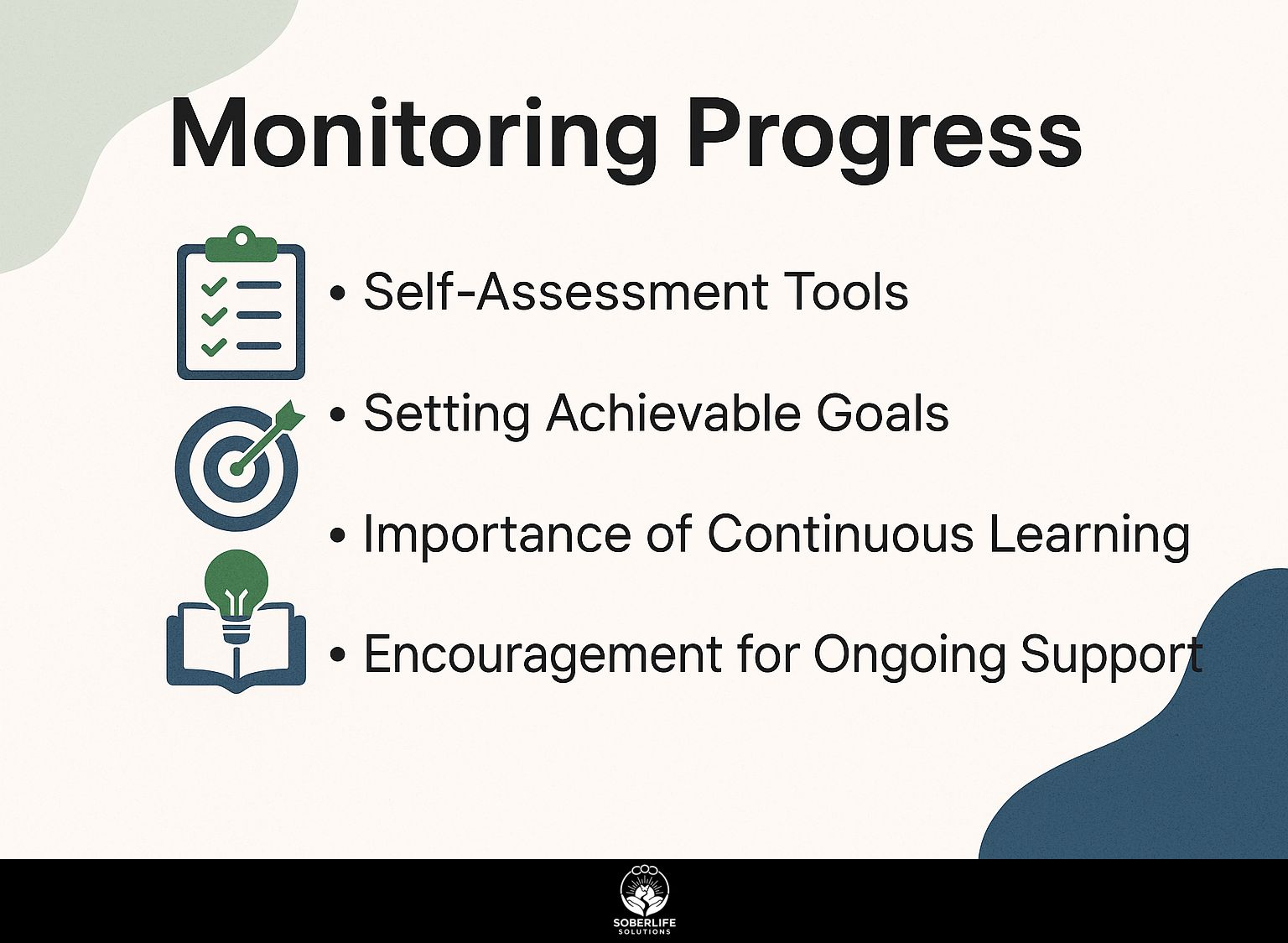
Regularly reviewing progress is important for staying on track with recovery and adjusting plans when needed.
Self-Assessment Tools
Self-assessment tools can help individuals track their emotional health and identify areas for improvement in recovery.
Using tools like the Recovery Assessment Scale (free) helps people track various aspects of their recovery, such as participating in community activities and managing their health.
Apps like Sober Time can help you keep track of sobriety milestones and daily moods, showing useful information about patterns that might appear.
Key metrics to monitor include:
- Cravings
- Stress levels
- Social interactions
By regularly reviewing these factors, individuals can make informed adjustments to their strategies, enhancing both accountability and emotional resilience.
Setting Achievable Goals
Setting small, realistic goals encourages motivation and gives clear objectives during recovery.
To effectively maintain sobriety with the SMART approach, concentrate on these particular objectives:
- Specific: Try to go to three Alcoholics Anonymous meetings each week.
- Measurable: Track your attendance in a journal to monitor progress.
- Achievable: Set aside time each day for mindfulness exercises, starting with just five minutes.
- Relevant: Make sure your goals match up with a support network, maybe talk about them with a mentor.
- Time-bound: Establish a timeline, such as six months, to reevaluate and adjust your goals based on your progress.
Importance of Continuous Learning
Gaining knowledge about addiction and recovery methods on a regular basis can guide people to make informed decisions and reduce the risk of relapsing.
Using educational materials is important for long-term recovery. Books such as “The Recovery Book” give information on the recovery process, while online courses from sites like Coursera and Udemy offer organized methods to learn about addiction.
Joining workshops or webinars, such as those by the National Council on Alcoholism and Drug Dependence, can help build community support and allow people to share their experiences. Learning on your own and getting involved in the community increases knowledge and helps people handle challenges better, while encouraging a healthier way of living.
Encouragement for Ongoing Support
Ongoing support offers people a group that encourages responsibility and emotional strength.
To aid in your recovery, consider joining Alcoholics Anonymous or Smart Recovery groups. They hold meetings both in your area and on the internet.
Utilizing recovery support apps such as I Am Sober can track your progress and connect you with others. Joining group discussions or online forums helps you gain knowledge and demonstrates your commitment.
Attend one meeting weekly and use the app daily for notifications and motivational quotes to create a solid network.
Frequently Asked Questions
What is the “Playing the Tape Through” strategy in relapse prevention?
The “Playing the Tape Through” strategy is a technique used in relapse prevention to help individuals visualize the consequences of their potential relapse. This strategy involves imagining the entire sequence of events that would occur if a relapse were to happen, including the negative impacts it would have on one’s life.
How does the “Playing the Tape Through” strategy help prevent relapse?
By playing the tape through, individuals can better understand the potential consequences of their actions and realize the negative impact a relapse would have on their life. This can help them make a conscious decision to avoid relapse and stay on track with their recovery.
When should the “Playing the Tape Through” strategy be used?
The “Playing the Tape Through” strategy can be used in various situations, such as when an individual is feeling triggered or craving substances, or when they are faced with a potential relapse. It can also be used as a regular exercise to reinforce the importance of staying on track with recovery.
Is the “Playing the Tape Through” strategy effective in preventing relapse?
Yes, the “Playing the Tape Through” strategy has been found to be effective in preventing relapse. By visualizing the potential consequences of a relapse, individuals are more likely to make a conscious decision to avoid it and stay on track with their recovery goals.
Can the “Playing the Tape Through” strategy be used for any type of addiction?
Yes, the “Playing the Tape Through” strategy can be applied to any type of addiction, as it focuses on the potential consequences of a relapse rather than the specific substance or behavior. It can be a helpful tool for individuals struggling with alcohol, drug, or any other type of addiction.
Are there any additional resources available for the “Playing the Tape Through” strategy in relapse prevention?
Yes, there are many resources available that provide further guidance and support for individuals using the “Playing the Tape Through” strategy in their recovery. These include support groups, therapy sessions, and online resources that offer tips and techniques for using this strategy effectively.

